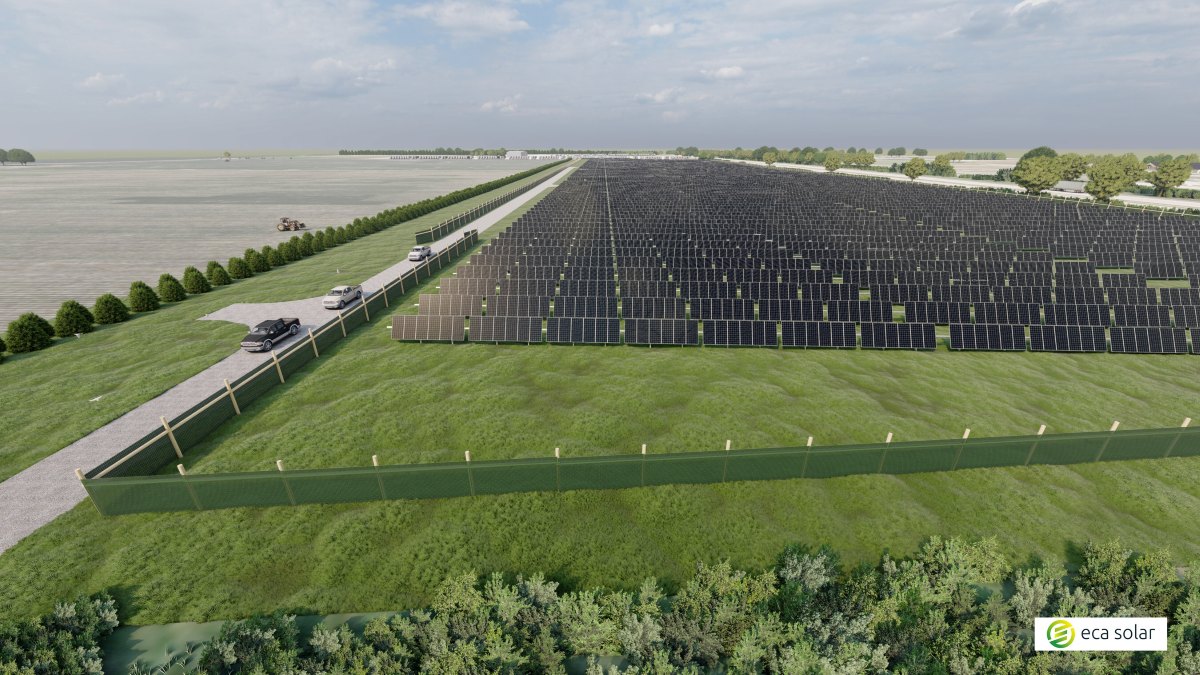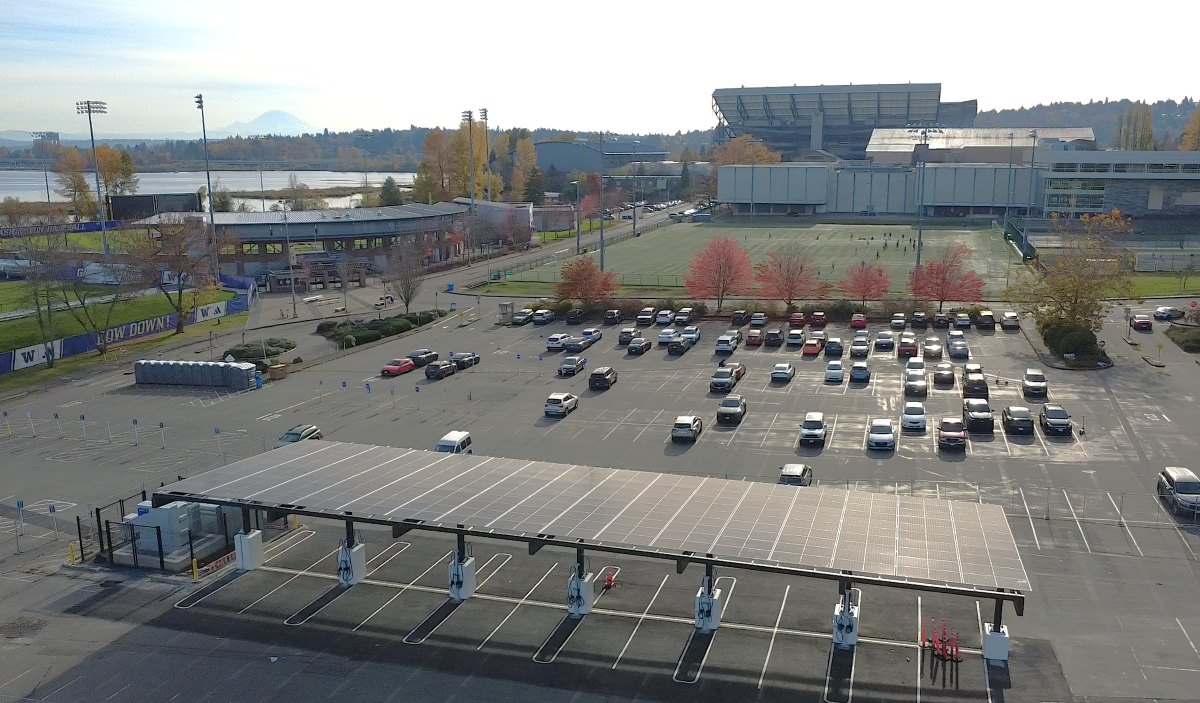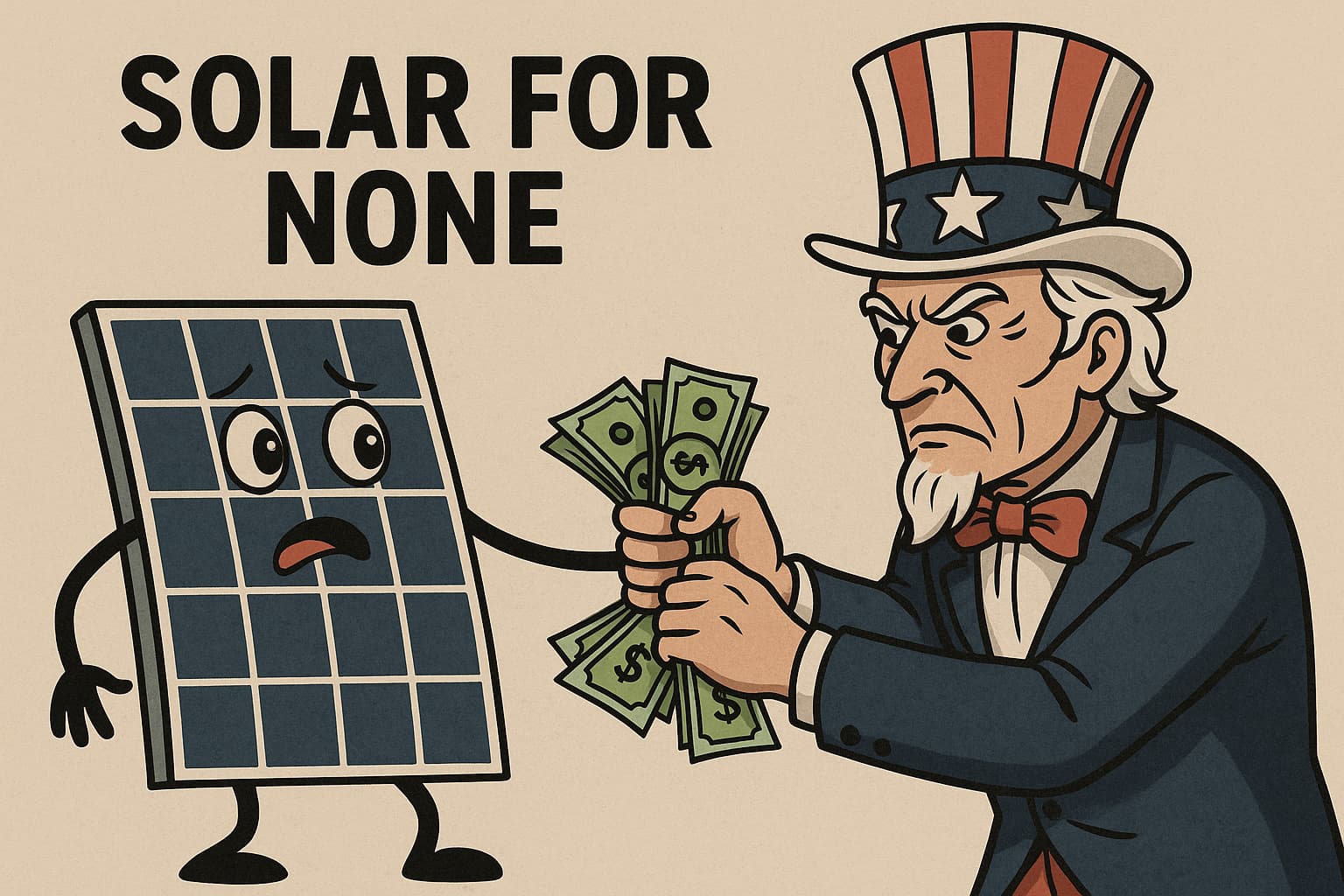California’s distributed storage program can save ratepayers $206M by 2028
New Brattle Group analysis finds that California’s Demand Side Grid Support program delivers lower-cost grid reliability by tapping home batteries at scale.

California’s Demand Side Grid Support (DSGS) program is proving to be more than a stopgap for grid stress. According to a new report from The Brattle Group, commissioned by Sunrun and Tesla Energy, the initiative could nearly double in capacity by 2028 and deliver up to $206 million in net cost savings for Californians over the next three years.
The findings show that tapping into home battery storage can provide utility-scale capacity at lower cost than traditional infrastructure. “Our analysis demonstrates that the DSGS program can deliver reliable, utility-scale capacity at a significantly lower cost than traditional solutions,” said Ryan Hledik, principal at The Brattle Group and coauthor of the report.
This analysis arrives as California lawmakers are mulling whether or not to keep funding the DSGS.
A distributed plant on par with natural gas
Launched by the California Energy Commission in 2022, DSGS pays residential and commercial customers to discharge stored energy during grid stress events. That pooled response—what the report calls a “distributed power plant”—has already scaled to the equivalent of a large natural gas plant. Within the next three years, battery participation could exceed 1 GW of capacity.
One recent test illustrated the potential. In July, batteries participating in DSGS delivered more than 500 MW back to the grid—roughly half the peak electricity demand of San Francisco. Brattle noted the average reduction of 539 MW represented nearly 2% of CAISO’s net peak demand that day.
Benefits to participants and all customers
The Brattle Group projects that between 2025 and 2028, net system savings will range from $28 million to $206 million. All grid-connected customers share in those savings, while program participants also receive direct compensation.
“Aggregating home generation and storage produces a reliable, flexible energy resource that dispatches at the same scale as multiple peak generation plants,” said Mary Powell, CEO of Sunrun.
Tesla Energy pointed to the 539 MW dispatch as a milestone for scaling distributed assets. On July 29, in a scheduled test event coordinated with the California Energy Commission, CAISO and local utilities, more than 100,000 home batteries from multiple aggregators dispatched energy to the grid during the high-stress 7 to 9 p.m. window. The Brattle Group’s analysis found that the coordinated response supplied an average of 535 MW to the grid — enough to power more than half of San Francisco — with Sunrun alone responsible for over two-thirds of that total.
“With more than 1.8 GW of residential battery capacity already installed in California, the untapped potential is significant,” said Colby Hastings, senior director of residential energy at Tesla Energy.
Policy recommendations
Looking forward, the report advises policymakers to increase flexibility in event triggers, integrate DSGS into broader resource planning, and optimize dispatch to maximize grid services.
The full report, The Demand Side Grid Support Program: An Assessment of Scale and Value, was authored by Brattle Group principal Ryan Hledik, energy associate Kate Peters, and senior energy analyst Purvaansh Lohiya.





Comments are closed here.